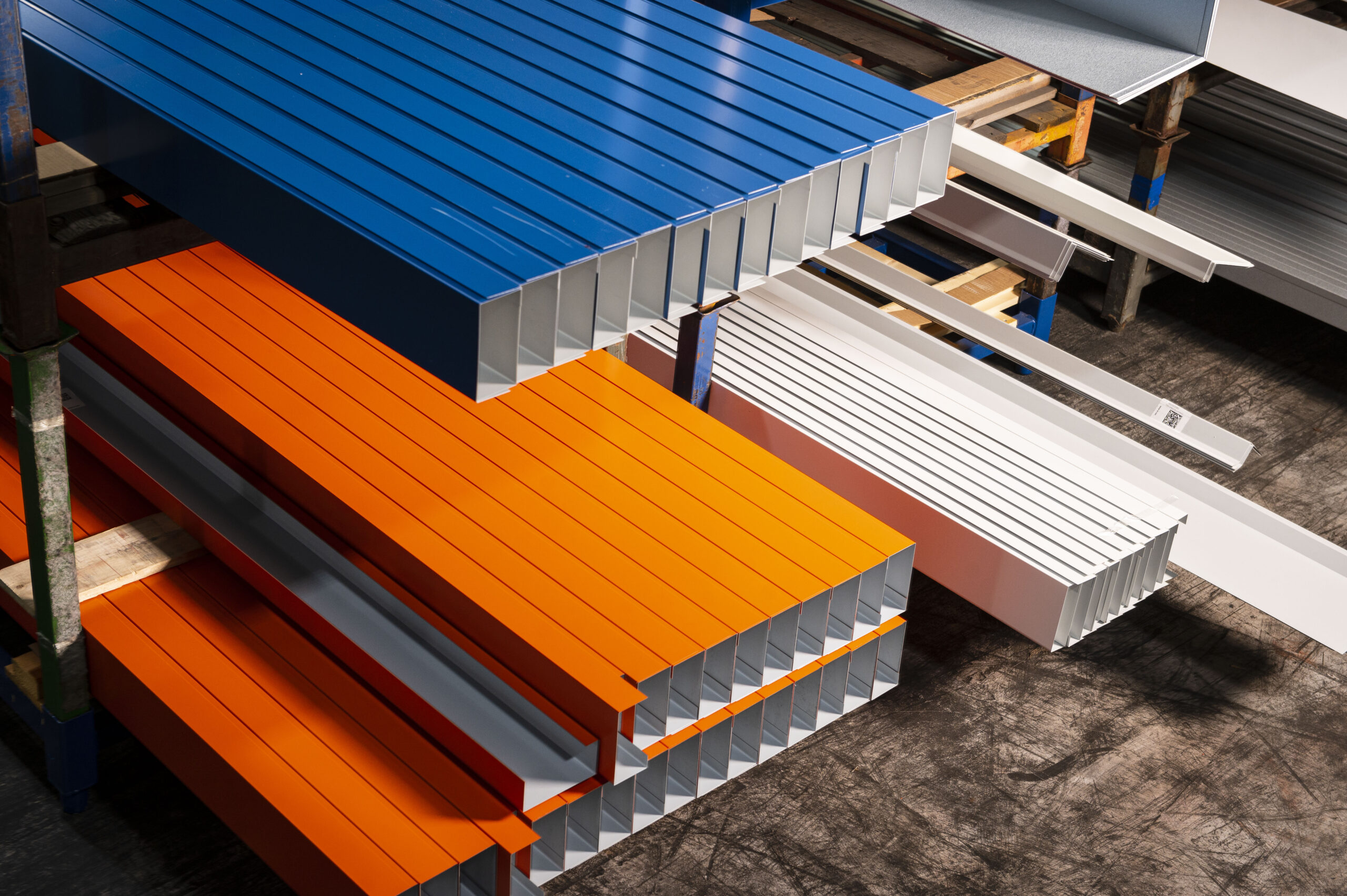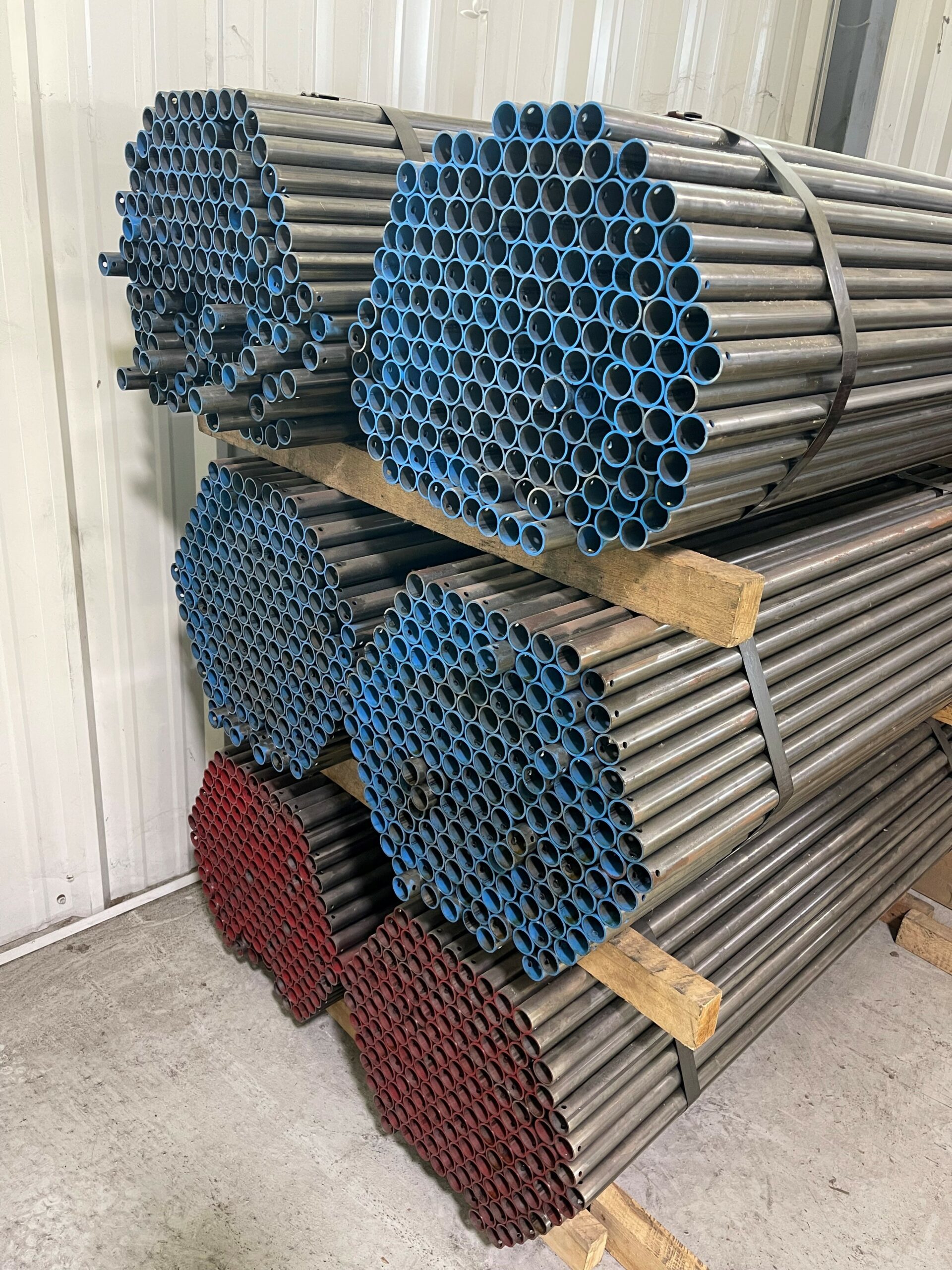The Covid-19 pandemic has had a big impact in the Boat/RV storage market. The pandemic has basically changed the thought process and spending habits of the average American. In a year that shut down many businesses it has ignited a wave of buyers who have purchased a RV’s Boats and other recreational vehicles. Per RV industry Association, 2020 will be the 4th largest sales of RV’s even though most plants were shut down for about two months. If it was not for some supply chain issues RV sales would have been even higher. The prediction for 2021 is it could be the best year ever. If we look at the types of RV’s sold, we are seeing a shift. The large Class A RV’s (these are the drive-able 36-46’ long models) are not really increasing in sales. The Class B and C smaller drive-able or towable RV’s are the hot ticket. These smaller RV’s are more manageable, and the customers prefer to not have to tow a separate vehicle. The increase in ownership has translated into an increase in the need for enclosed RV units, Canopies and Outside parking.
I do not ever recall seeing any area of the country saturated with too many RV parking spots. On the contrary the need has never been so great. With traditional storage, one of the first questions is whether or not demand exists. With RV storage, this is less of a concern – the question is instead if the rental rates support an acceptable return. For RV feasibility you will need to get a good handle on what rates you can charge for each particular unit (enclosed/canopy or open parking). The big problem RV have is that the large REIT do not normally own these projects so consequently they have not been the drivers of increasing rents like they have with standard self-storage units. The owners of the existing RV parks should be pushing rates at least once or twice a year.
The good part about REITs steering clear of the large unit market is that you will be hard-pressed to find any area where a large operator can create an oversupply situation. I believe there is great opportunity to buy an established site and immediately raise rents. I have seen customers do that and within the first year or two of ownership I have seen rental increase from 25-40%. The owners do get pushback from the customers because they are unhappy that they may have never actually used the RV in the last couple of years so this makes them complain more. Especially if the owners are in the retirement age bracket. The interesting part of the group of owners is that they are relatively young. One other reason existing owner have been reluctant to raise prices is because of the ease of moving to a different storage location. If a customer does not like your price, he/she can just drive to another unit and change in one day. While this may be true there may not be any other place to go – after all it can difficult to locate low priced land that is zoned correctly for outside storage yet close enough to residential clusters to be attractive for self-storage. Americans love convenience so this means we will pay extra for it.
The first question you will ask yourself in RV/Boat development is are you going to build a site solely for this use. Will I make it full service with a water/septic area complete with wash bay or you do a basic facility with no other amenities .The other option is to just see if you can add some of these larger enclosed Boat RV units to your brand new standard self-storage project. You may only be able to add a few of these units to your site – now the question is what kind of unit. Normally in a layout of your project you will have one side of a project or a section of a building where a larger driveway area would allow tenants to back a large vehicle or trailer into a unit. There is a nationwide demand for these units and demand is driving rental rates upward on these units. Next, you would be looking to build enclosed large units that can accommodate even the largest RVs. To accommodate a Class A you will need to build 16’ wide units that are about 50’ deep. The eave height should be 16’ so that you can have a 12’ x 14’ wide door. These buildings usually have a decent return, but you can improve that if you decide to downsize the unit some and try to just attract the smaller drive able Class B units and Boats. For these units you will want to have a 12’ wide bay and the unit can be either 30’ (for boats) or 40’ for the RV’s. The consumer likes these units because besides keeping their toys in they will also have additional room to put in some of their home items. These units are preferred over canopy units because of this feature. Fully enclosed units reduce the risk of theft and also reduce the chances that tenants put their camper in the wrong place as can happen with open or canopy units.
We’ve discussed the concept of adding some large units to a new traditional self-storage property, but the challenge with this concept tends to be that the premium property locations that you may seek out will be either too costly to use the land for large units, too small to allow many large units, or both.
One solution worth looking at is the concept of a satellite location. Owners of RVs and campers may be willing to drive a little further from home to find a secure enclosed storage location. As a developer, you may want to consider an unmanned remote location for large storage units – look for a larger parcel, perhaps 5 to 10 acres. Remember this land may be not visible and on a side road that could be miles into the country. It may not be a good site for a standard self-storage facility but could be just the right fit for RV and boat storage. In many areas you may notice that there are clusters of campgrounds in regions with attractive natural features and lakes. If you are building a site with campers or boats in mind, look for land between population centers and these regions, ideally on a state road. Many camper owners will travel state roads instead of faster interstates when towing a large camper.
The Covid-19 pandemic has also smashed one other preconceived notion we had in self-storage and that is having to meet all the customers in person. There is a complete acceptance of remote/self-service rentals (this concept is even being embraced the large REITS). What this allows you to do is manage the project very inexpensively because there is no additional people required to manage the project. Your customers can use the website or cell phone to rent via a digital signature and then access the storage facility with a gate code issued online. There are plenty of opportunities for Boat and RV sites across this great country of ours and the key to the equation is getting the LAND. Once you determine that you can build never be afraid to raise rates like the REITs do so you can achieve the return you need. The Covid-19 epidemic has ruined a number of industries but on the contrary it has only improved the already robust RV and Boat storage business. Hopefully you can determine what mix of different types of storage units you plan to build in your next facility.


